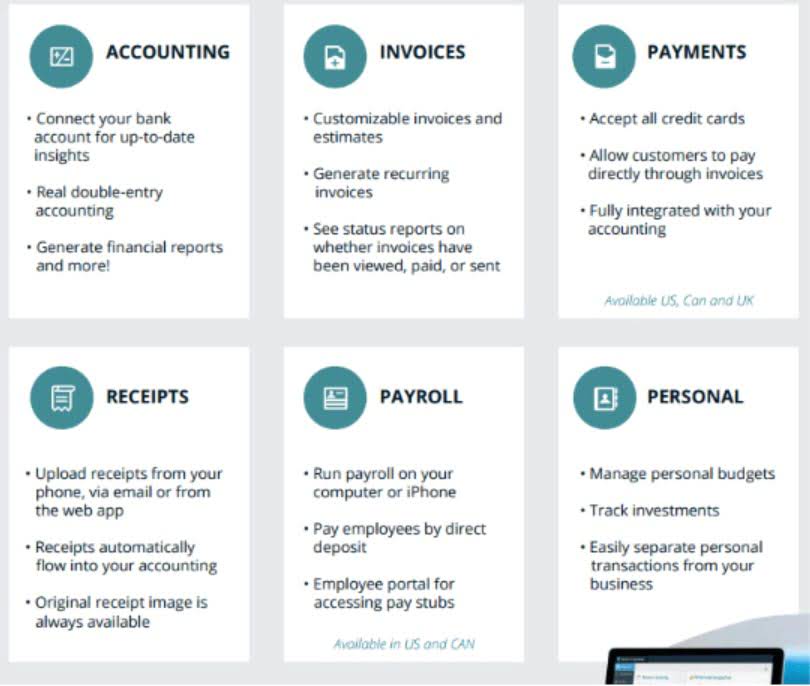
A well-structured budget should include provisions for unexpected expenses and opportunities, allowing the organization to respond swiftly to new challenges or initiatives. Utilizing financial management software like QuickBooks Nonprofit or Blackbaud Financial Edge can streamline this process, providing real-time insights and facilitating more informed decision-making. Assigned Fund Balance.Assigned fund balance represents intentional constraints placed on resources within fund balance eitherby the governing board or its appointees. The creation of these constraints does not require formal action, although formal action to enact is not prohibited. Regardless of the action that gives rise to a classification of assigned fund balance, formal action is not required to reverse that classification.

Financial Reporting

Net assets are prominently featured in an organization’s financial statements, providing a clear picture of its financial health and operational efficiency. The balance sheet, also known as the statement of financial position, is where net assets are most visibly displayed. This document lists all assets and liabilities, culminating in the net assets figure, which represents the residual interest in the organization’s resources after all obligations have been met. By examining this figure, stakeholders can gain insights into the organization’s capacity to sustain its operations and invest in future growth.
Retained Earnings for a Non-profit Organization: Detail Explanation
Another critical element is the Statement of Cash Flows, which details the cash inflows and outflows from operating, investing, and financing activities. This statement helps stakeholders understand the liquidity and financial flexibility of the organization. This dual categorization provides insights into how efficiently the organization is using its resources to achieve its mission. Generally accepted accounting principles (GAAP) call for an organization’s net assets to be classified as “with” or “without” donor restrictions.
- Incorrect or delayed entries can lead to financial discrepancies, complicating audits and potentially undermining donor trust.
- They are more likely to donate if they see that the organization has a healthy level of unrestricted net assets, as it indicates their ability to effectively utilize funds for their intended purpose.
- Nonprofits often use specialized accounting software, such as QuickBooks Nonprofit or Blackbaud Financial Edge, to streamline this process.
- By accurately reporting these changes, nonprofits can offer a transparent account of how donor contributions are being utilized, thereby reinforcing donor confidence and fostering long-term support.
- Unlike for-profit entities that focus on shareholder equity, nonprofits emphasize net assets to reflect their ability to fulfill their mission and sustain their programs.
- This category of net assets is less flexible but provides a stable financial foundation for the organization.
What are Unrestricted Net Assets?
Unrestricted net assets, also known as the operating reserve, represent the cumulative earnings over the life of the organization. A positive operating reserve allows an organization to pay its current obligations and fund future programs or projects through use of unrestricted net assets. Many organizations receive their unrestricted Partnership Accounting revenue through fee-for-service, ticket sales or membership income.
- The breakdown for Org A shows it has spent all its available cash on equipment or its facility and has an accumulated operating deficit of $20,000.
- When it comes to understanding the financial health and sustainability of an organization, one crucial aspect to consider is its unrestricted net assets.
- However, if the organization has accepted a gift restricted by the donor, it has agreed to honor the restrictions.
- Within governmental funds, equity is reported as fund balance; proprietary and fiduciary fund equity is reported as net position.

Small and midsize nonprofit organizations typically do not have net assets that are restricted permanently, such as endowments, and it is usually not advisable for them to do so. Having an endowment ties up cash that is not accessible to the organization for operations or program delivery. It is far more advisable for small and midsize nonprofits to build working capital cash and to fund an operating reserve before attempting to create an endowment. If a small or midsize nonprofit does have an endowment, the donor often requires that the income generated from the gift be used for operations or for a specific purpose. While a separate cash or investment account does not need to be established, the accounting records should include a calculation and entries to showing how this restriction has been met. In addition to financial planning, fostering a culture of transparency and accountability within the organization is vital.
Unrestricted Net Assets and Fiscal Sustainability: A Deep Dive
The reclassification process also involves updating financial statements to reflect the change in the nature of the net assets. Transparency in this process is QuickBooks crucial, as it demonstrates the nonprofit’s commitment to honoring donor restrictions and maintaining financial integrity. Regular communication with donors about the status of their contributions can also help manage expectations and build long-term relationships.

While this boosts the organization’s net assets, it also imposes a constraint on how these funds can be deployed, necessitating meticulous financial planning and reporting to ensure compliance with donor intentions. Reclassification of net assets is a process that nonprofits must navigate carefully to ensure compliance with accounting standards and donor intentions. This process typically occurs when the conditions attached to temporarily restricted net assets are met, allowing these funds what are unrestricted net assets to be reclassified as unrestricted. For example, if a donor provides funds for a specific project that has been completed, the remaining funds can be reclassified. This reclassification must be documented meticulously, with clear records showing that the donor’s conditions have been satisfied.
